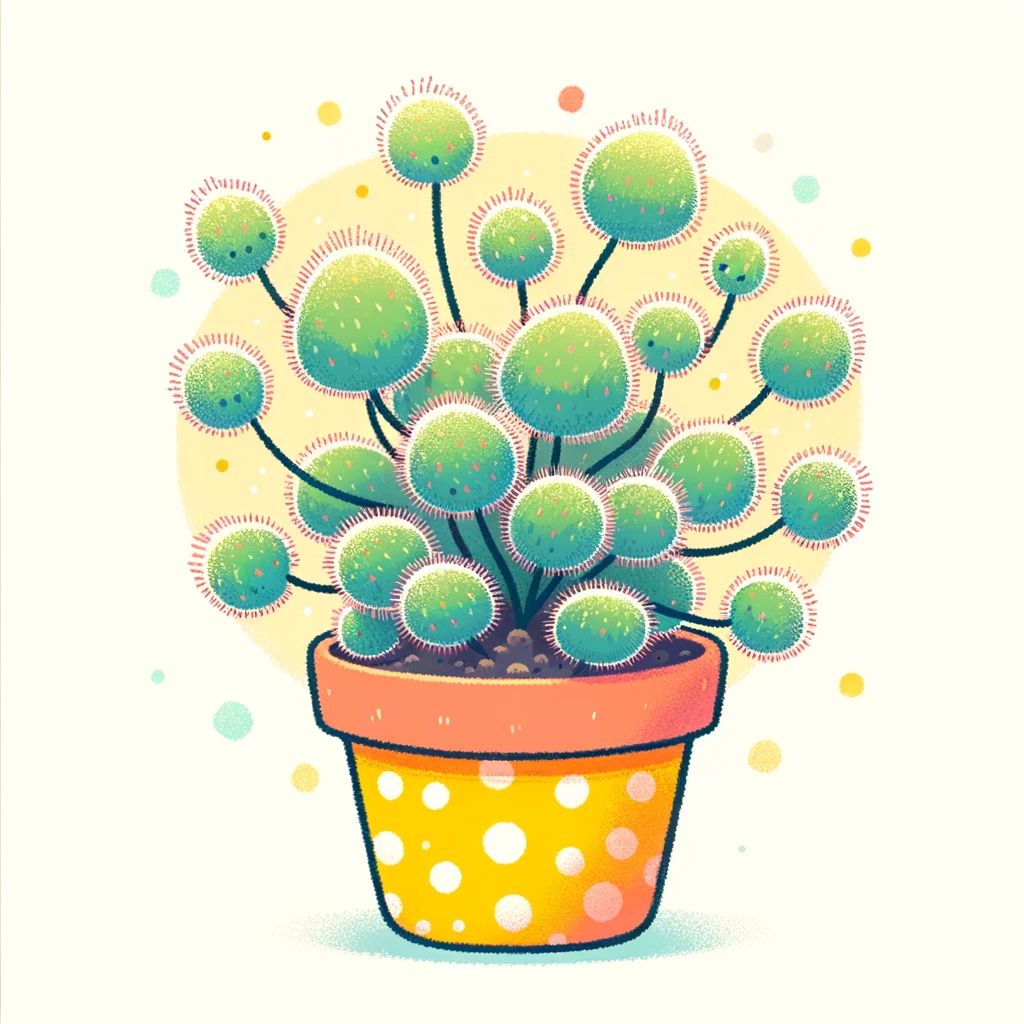Notice always whether a leaf is smooth or hairy. Do you remember the mullein that sends up its tall spires over the hill pasture? The grayish leaves of this mullein are so hairy that they feel almost like wool. What is the use of all this hair? It is not likely that a plant would wrap itself in this hairy coat except for some good reason.
It is believed that this coating of the mullein prevents animals from eating the leaves, and so destroying the plant. In the mouth, these hairs slip from the leaf blade, and cause a most unpleasant sensation.
But usually the hairs on a leaf are helpful because they prevent too much perspiration or giving-off of water. The more freely the hot sun beats upon a leaf, the more quickly the water is drawn away from it. You can see just how this is by hanging a wet towel in front of the fire. In a very short time the heat from the burning coals draws the water from the towel. But put a screen between the fire and the towel, and the water passes off more slowly.
Now, the hairs on that side of the leaf which faces the sun act as a screen from its fierce heat. We have learned how important it is that the leaf should not part with its water more quickly than the roots can make up the loss. We know that when a leaf does this, it wilts just as a leaf wilts when it is picked and cut off from its water supply, on account of the collapse of the walls of the many little cells which are emptied of water.
So you can understand that plants which grow in dry, sunny places, where there is little drinking water for the roots, and where the sun beats constantly on the leaves, must take every care that there is no waste of water.
And if you keep your eyes open, you will discover that many of the plants which grow in such places screen themselves from the full heat of the sun by a coat of hairs.
The plant called “life everlasting” is one which grows in dry, open, sunny places. It clothes its leaves with silky hairs, and so prevents them from throwing off too quickly the small amount of water its roots are able to provide. Without this silky coat, the sun would suck its leaves quite dry of water.
Sometimes a leaf has only a few of the little leaf mouths through which most of the water passes. As these mouths are wide open only in the sunlight, and as often the rest of the leaf is covered with a thick skin which prevents the water from slipping away (as a little of it nearly always does) through the cell walls, such a leaf will hold its water supply and keep fresh for a long time. Such leaves as these we find on what we call “evergreen” plants. The pines and hemlocks which light up the woods all winter have these thick-skinned, few-mouthed leaves, which throw off so little water that even when the ground is frozen hard, and gives no drinking water to the roots, they are able to keep fresh by the careful way in which each one hoards its own little supply.







